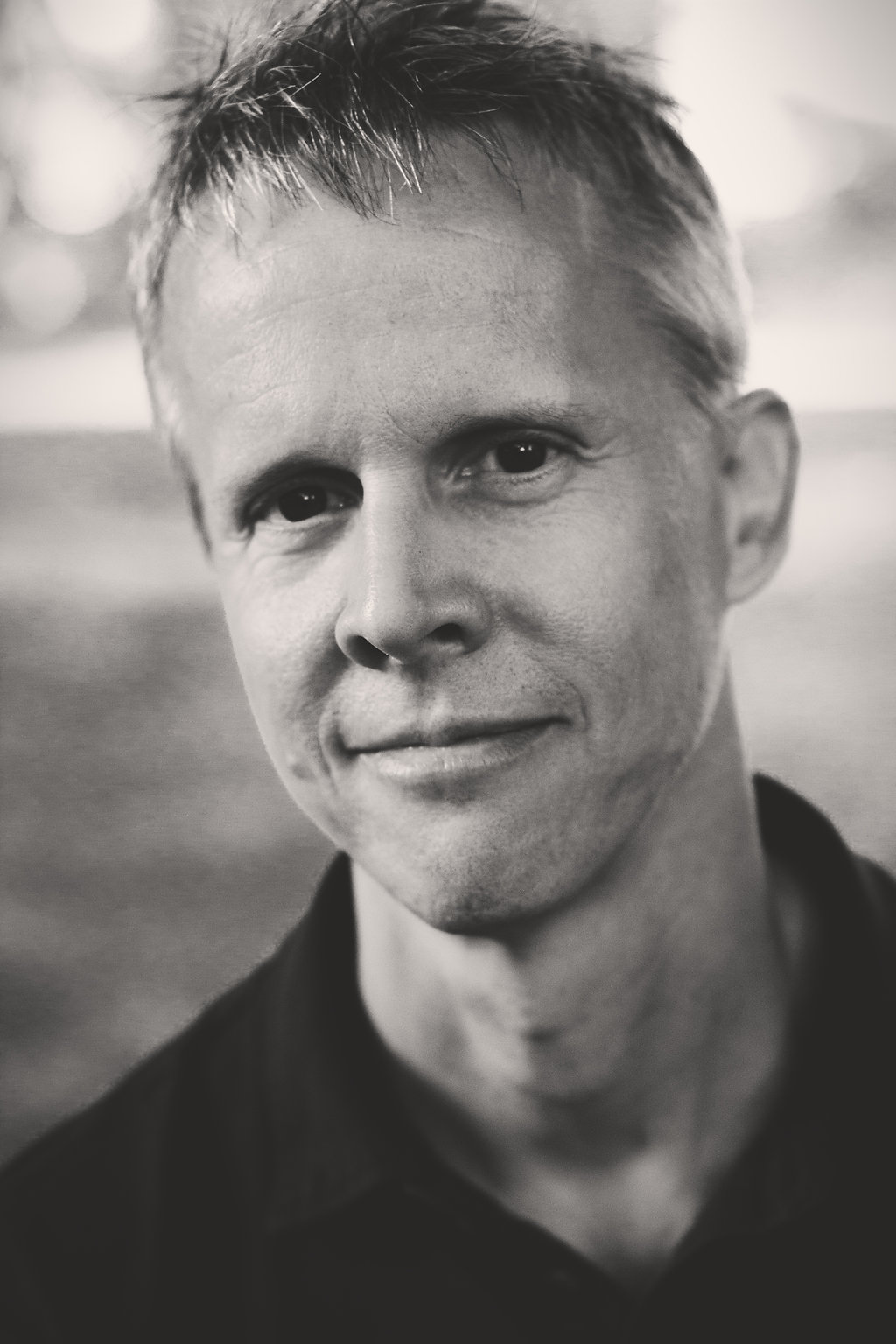I was recently having dinner with my father and brother, when my brother made the statement, “It seems like you do a lot more than the average chiropractor. Why is that?”
My father quickly indicated his agreement, curious as to why the things I do are seemingly not associated with many other chiropractors in the world.
While responding to their inquiry, I had a background question of my own running through my consciousness: If my own family isn’t totally clear about what I do, what about the rest of my patients?
There are really two questions that arise out of my father and brother’s inquiry. First, what are chiropractors trained and licensed to do? Second, what do I do that is different from other chiropractors?
In this article I’ll address the first question. I’ll save the second for the next installment of this newsletter.
Let’s start with some thoughts on health care in general.
Conservative vs. Aggressive Health Care
The first piece to understand is that there is conservative health care and there is aggressive health care. By this, I don’t mean one set of doctors who voted for Reagan and another group that happens to be pushy.
What I mean is that there is a full spectrum of care, from the least invasive to the most. From a treatment that is as natural as possible to one that radically alters your existence.
The most invasive care available today, generally speaking, is surgery.
If you think about it, what could possibly be more radical to your body than opening it up and physically altering it in some way. This is why surgery can sometimes bring about the most radical and rapid change for a condition, though it also carries with it the biggest risk.
On the other end of the spectrum would be the most gentle, least invasive treatment a doctor could prescribe to effect an improvement in your health. Minor lifestyle changes, like suggesting that you make a concerted effort to get more sleep, would fall into this category. They carry little to no risk of harm just from undertaking this kind of change.
In between these two extremes is where everything else falls. Dietary changes or adding basic vitamin and mineral supplementation definitely fall on the conservative side, while prescription drugs that alter your body’s natural physiological mechanisms are highly aggressive forms of treatment.
Aggressive treatments are characterized by a higher risk to your health from the treatment itself, usually in exchange for a more rapid or radical change. Conservative care encompasses treatments that are low risk and typically, low expense methods.
In general, it makes much more sense to start with a conservative method that is low cost and low risk, rather than jumping immediately to an aggressive, higher risk form of care.
If you had a weed problem in your back yard would you go straight to hiring a backhoe to completely replace the topsoil, or would you try to put on a pair of gloves and manually remove the offenders first?
And My Doctor?
Given the large number of treatments and procedures that a doctor might choose, what does your doctor do?
That’s largely determined by three things: what a doctor is trained to do, what that doctor is licensed to do, and what that doctor is actually interested in doing.
The first part, training, is governed by the doctor’s education, both in and out of school. The second, licensing, is largely determined by the laws of the state in which the doctor practices. The last part, or what the doctor actually chooses to do, is influenced by the interests and drive of the doctor, as well as real or perceived legal ramifications of performing certain procedures.
For example, an Ob/Gyn (Obstetrician/Gynecologist) was trained in basic examination of the eye while she was in medical school. She is licensed, as a medical doctor, to perform them on her patients. However, you won’t find her performing them on her patients on a regular basis.
This is true for many reasons.
First, this particular doctor most likely specialized in her field because she had an interest in it. Eye exams are not generally part of the routine examination you might receive from an Ob/Gyn, for obvious reasons.
Second, due to her known specialty, the patients that walk in the door of this Ob/Gyn are not typically going to be looking for an eye exam.
Third, our Ob/Gyn might be worried about the potential legal ramifications of taking on the maintenance and care of a patient’s eye health when an ophthalmologist, who specializes in eye care, might find a serious problem that she could miss due to the relative infrequency with which she performs eye exams.
Finally, the financial implications of choosing her specialty are very real indeed. The overhead of simply keeping an office running for a medical doctor can be at amazingly high levels.
If you’re a doctor who has a high-overhead practice, just making it will involve spending a good chunk of your time performing procedures that carry a higher price tag.
What About Chiropractic?
A doctor can also be influenced by the perception the public has about what he is actually trained to do. This happens frequently with chiropractors.
If your patient population thinks that a chiropractor simply “cracks backs and necks”, then most likely every patient that walks through the door will be looking for that service, while those who don’t will stay away.
In reality, chiropractors are trained to do much more.
All chiropractors go through the equivalent of 10 semesters (5 academic years) of training in chiropractic school, not counting undergraduate entrance requirements that essentially mirror a pre-med background.
The education of chiropractors is wide-ranging, extensively covering human anatomy and physiology, pathology (i.e. disease), neurology, hands on therapy techniques, and nutrition.
Generally speaking, the only way chiropractic school differs from medical school is the absence of in depth study of pharmacology — the study of prescription drugs and their effects (though chiropractic education does cover basic principles of pharmacology). In its place, chiropractors get much more study in hands on therapies, nutrition, and rehabilitation.
Chiropractors also receive more training in anatomy and physiology than any other health profession. Chiropractic study covers every joint, muscle, and nerve from head to toe. It covers every organ system from your brain and heart, to your kidneys and gastrointestinal system.
The licensing of chiropractors, like other health professions, is largely determined by the laws of your state. The state of Texas allows a chiropractor to apply a wide range of procedures, including manual therapy techniques, nutritional supplementation, lifestyle prescriptions, and even acupuncture with additional training.
What is excluded from the chiropractic repertoire are drugs and surgery. That is, a chiropractor in Texas is licensed to practice conservative health care.
Why Specialize?
The financial issues affecting other health professions place chiropractic in a unique position.
My malpractice insurance for an entire year is in the low four-figures. MDs typically have premiums that are ten times that amount.
If you combine that with a practice design that does not involve insurance paperwork (other than what the patient chooses to file), my low overhead uniquely places me in a position to spend much more time with each patient, and focus on straightforward, low-cost, conservative measures to improve my patients’ health.
Essentially, this allows me to focus on the entire health of the patient — that is, truly holistic care — in an age where doctors are increasingly shying away from more generalized, “family” practices for higher paying specialty fields.
Being a specialist might work better for the doctor who wants to do well in an age of increasingly high overhead and low insurance reimbursement. Unfortunately, it doesn’t work out so well for the patient, who is in desperate need of a generalist who can make recommendations about their complete health.
Even among doctors that have the ability and training to create a holistic practice, not all choose to follow this model, even other chiropractors. Their reasons are varied.
Lack of interest, the absence of an encouraging mentor, or following conventional practice models are just a few possibilities. It could also be due to the desire to simply have a more straightforward practice.
Honestly, specializing in one thing makes a practice a lot simpler. Patients often present with complaints that frequently affect more than one area in a seemingly unconnected manner. Correlating this varied data in order to diagnose the condition that is truly at the root of their complaint is a much more complicated process.
But the holistic model is one I have embraced as an opportunity afforded to me by a lucky combination of things. There is a large number of people in need. I have a passion for trying to understand the wondrous complexity of the human body. Finally, I’m lucky enough to be in a wonderful profession that allows me the freedom to be an expert in conservative care.
Next time, I’ll address where my interests have taken me in creating my own, unique approach to caring for patients.




